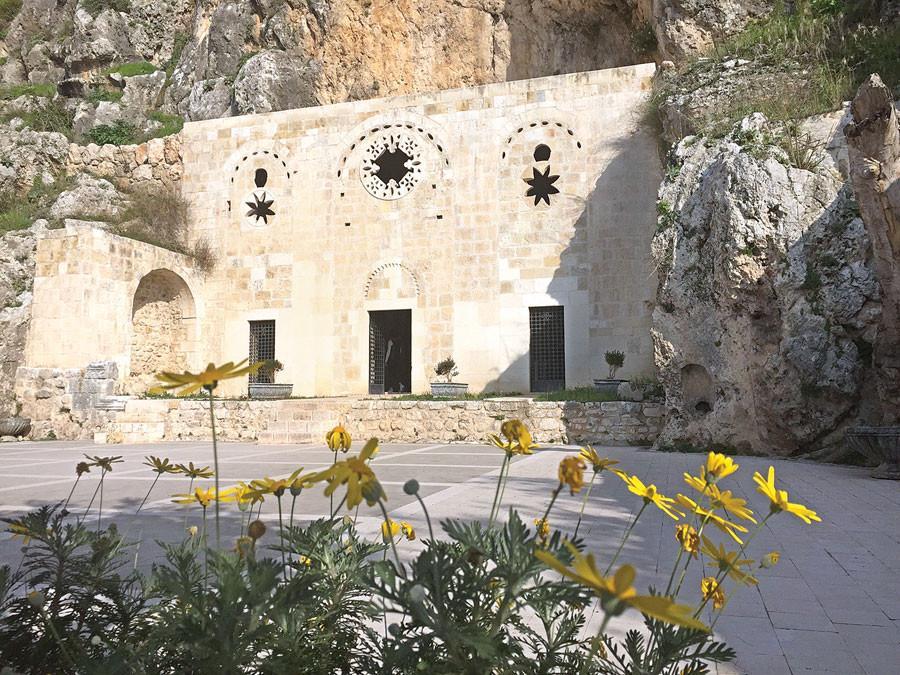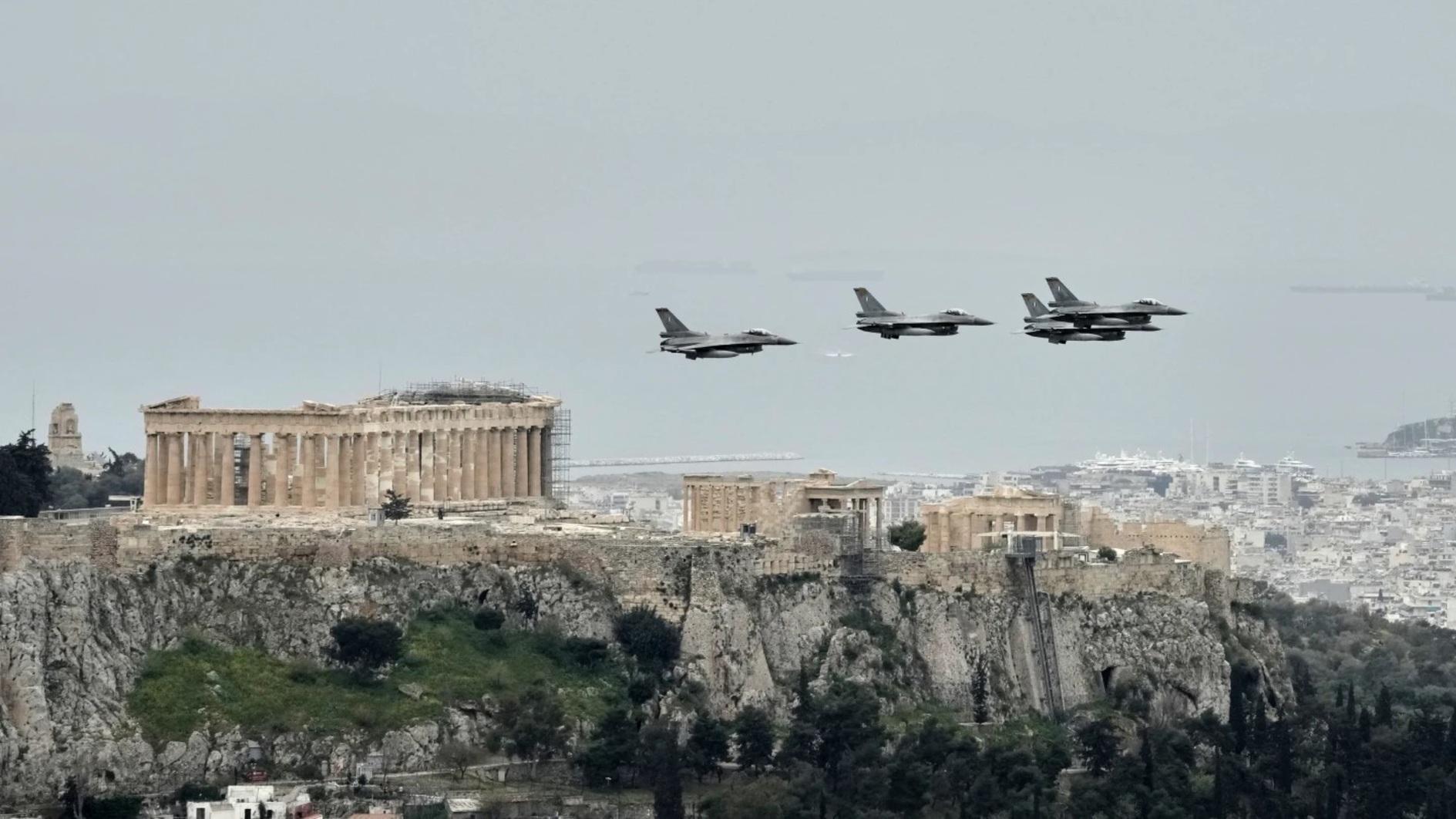An eastern Mediterranean route
MELİH USLU

With the sharpened peaks of the Nur Mountains to our right, we head toward İskenderun. When our odometer — which we reset in Osmaniye — hits 16 kilometers, we are welcomed by the ancient town of Issos, which witnessed the battle between Alexander the Great and Darius, King of Persia, in 333 BC. This battle altered the course of history, ending the Persian reign and kicking off the Hellenistic period. On our 28th kilometer, we reach the town of Dörtyol, the last large settlement before İskenderun.
Seven kilometers after Dörtyol, following the signs for the castle in Yakacık — also known as Payas — we arrive at a huge caravanserai built from yellow ashlar blocks. The Sokollu Mehmet Pasha Caravanserai, a masterpiece by Mimar Sinan — the great Turkish architect — dating back to the 16th century, consists of a mosque, madrasah, Turkish bath, and market sections. Just across from it is Payas Castle, resembling a typical castle of the Middle Ages with a moat encircling it. The Jinn Tower located on the end of the slope extending toward the Mediterranean is one of the remnants of the castle. From Payas, we have another 16 kilometers to go before we reach İskenderun.

Levantine elegance
The huge chimneys of the factories, the lifts, the silos, and the sea vessels tell us that we have arrived in İskenderun. A long road by the seashore, ornamented with palm trees, leads us to a modern Mediterranean city. Possessing a first-rate urban transport infrastructure, İskenderun exhibits one of the successful examples of city planning in Turkey.
Cumhuriyet Square, decorated with a statue of modern Turkey’s founder Mustafa Kemal Atatürk’s mother, Zübeyde Hanım, and its surroundings are very busy during the day. By contrast, Atatürk Boulevard, the haunt of amateur anglers, is very calm and tranquil. İskenderun, which is said to have received its name from Alexander the Great, used to be called “Little Alexandria” because of its resemblance to Alexandria in Egypt.
Attracting the attention of trading colonies living in the Mediterranean from the 18th century onward, the city started hosting seamen and their families from France, Italy, Lebanon, England, and Egypt. With a history of around 300 years, these Levantine families still form a colorful section of the city’s social life. The Levantine mansions, with their arched window frames, elegant masonry, and palm gardens, play an important role in the city’s aesthetics.
The courthouse, Central Bank, health center, and public library give some important clues about the city’s architecture 100 years ago. In the galleries on Fevzi Çakmak Street, we have the opportunity to share the city’s cultural atmosphere with the local artists, who speak of colorful events in the city extending from painting ateliers to cinema halls and cultural centers. One of the best places to visit in the region on hot summer days is Arsuz, a relaxing summer resort offering sunny beaches, boat trips, and countryside cafés.

Stopping for flavor
The distance between İskenderun and Antakya is 66 kilometers. The road that climbs toward Mount Amanos provides easy access. At the entrance of Belen Pass on the 25th kilometer, we hit a dense fog. In this pass, at an elevation of 740 meters, the vision drops to only a few meters. The smooth descent that follows immediately ends at the Amik plain.
Antakya, stretching from the banks of River Asi to the foothills of Mount Amanos, lies ahead. The crowds over the stone bridge over the River Asi draw our attention. The Mosaic Museum situated at Republic Square, surrounded by “künefe” (shredded wheat dessert with cheese filling) bakers, restaurants, and movie theaters, is our first stop in the city. It is home to one of the finest collections of mosaics in the world, with over 300 works made between the second and sixth centuries on display. After visiting the museum, we decide to sample the local delicacies in one of the restaurants, a restored old house.
The menu consists of a garlicky red pepper paste mixed with crushed walnuts, known as “muhammara,” “sac oruğu,” “içli köfte,” “öcce,” sour cowpeas, squash “borani,” broad bean paste, hummus, and olive salad are on the menu, crowned with künefe, of course. After a delicious meal, we set a course for Samandağ. Of course, one cannot do without paying a visit to the St. Simon’s Monastery near the town of Aknehir, 15 kilometers from Antakya. The hill on which the monastery was built has a breathtaking view, with Mount Samandağ and the beaches of Çevlik on one side and the Asi River on the other.
Dating back to the sixth century AD, the monastery is known as the place where St. Simon of Antioch suffered atop a pillar for 40 years. After a pleasant trip from here, we reach Samandağ. Alongside a long beach there are plenty of picnic areas, pensions, and restaurants. Samandağ is also famous for its holy places revered by the Nusayri, a mystical religious group. Four kilometers northeast of the district are the ruins of Çevlik.
The Titus tunnel there is considered one of the architectural wonders of antiquity. This one-and-a-half-kilometer-long tunnel was built as a passageway intended to carry floodwaters out to the sea. Constructed by manpower alone, it was completed in the second century BC. As we visit Beşikli Monastery near the tunnel, the sun slowly starts to set. We then realize how much we have picked up along the way to pass on to our loved ones.
Grape festivals
Ever year experiences a festival time in the village of Vakıflı in Samandağ, known as the only Armenian-populated village in Turkey. “Surp Asdvadzadzin,” the traditional grape harvest festival, is held on the second Sunday of August each year.
The coves of Samandağ
In Samandağ, famous for its long, clean beaches, it is possible to explore isolated coves nearby on boat tours. After exploring the sea caves and golden beaches in the area, you might cool off in the turquoise waters of the Mediterranean and try your luck fishing.
















